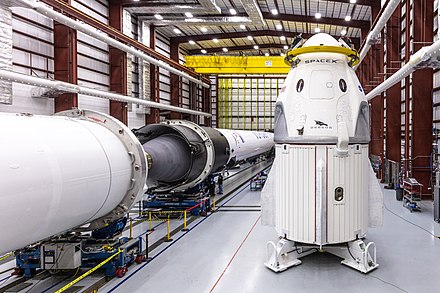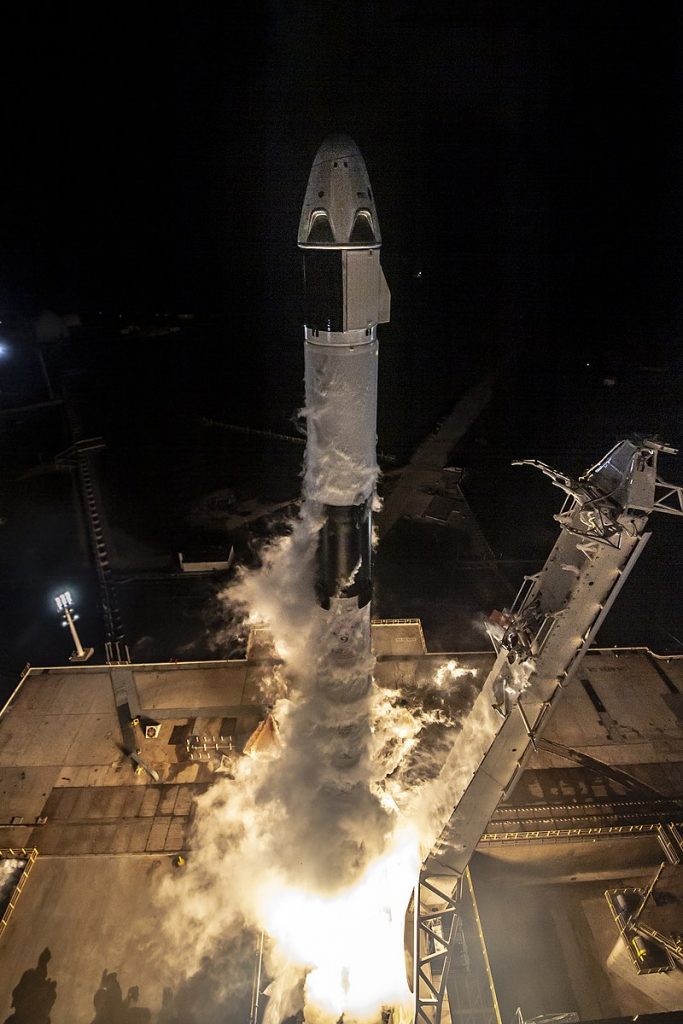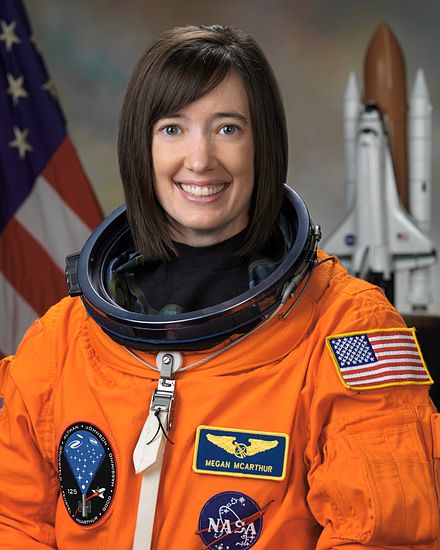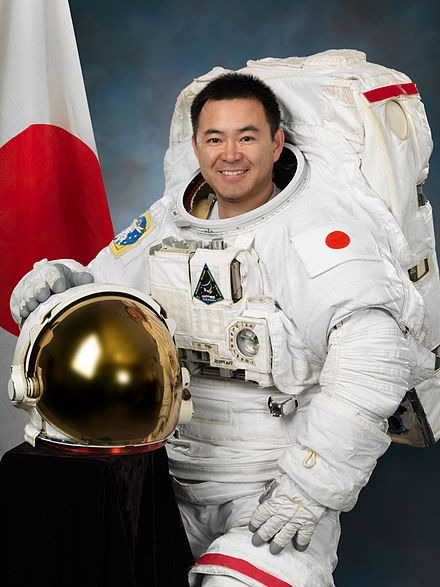There was a time when only NASA carried out missions related to space. However, things have slightly changed today. Considering the interest of Tesla’s CEO Elon Musk, NASA planned to hand over stationed flights to private companies who had the tools and could afford such missions.
At the same time, Elon Musk himself had been working on pioneering spaceflight through his company SpaceX. The vision turned into reality when the flight took off carrying two NASA astronauts on 30th May 2020. So let’s take a detailed look into what the Dragon Crew is and how important it is for science, especially the future.
Crew Dragon Spacecraft Development & Variants
Crew Dragon and Crew Cargo are two variants. While the Crew Dragon was originally termed “DragonRider”, it was designed to carry a crew of seven astronauts or a combination of both cargo and crew. The Crew Dragon was equipped with the NASA Docking System and featured the ability to dock using manual override ability.
Plus, it was also designed to perform fully autonomous rendezvous. It was planned that the Crew Dragon will remain docked for upto 180 days for typical missions at the ISS. However, its design allows it to remain docked to the station for atleast 210 days.
Crew Dragon
Initially, SpaceX had planned to land Crew Dragon using LES engines with parachutes. The option for ocean splashdown was also available incase of an aborted launch. The company had proposed NASA, precise water landing using parachutes serving as a new approach towards recovery for the first crew flights. Although the propulsive landing was also considered but was later discarded, leaving water landing with parachutes the only option.
In 2012, SpaceX began working on suits for astronauts with Orbital Outfitters. The plan was to make separate suits for astronauts that are custom-fitted. Even though the suits are designed for use inside the Dragon, incase of rapid cabin depressurization, they can protect the astronauts from running out of oxygen. Additionally, the suit also cools down astronauts during space missions and is made using a fire-resistant fabric called Nomex, which is quite similar to Kevlar.
Cargo Dragon
Although Cargo Dragon was initially designed to carry crew with fewer seats or both cargo and crew but NASA awarded cargo supply contracts to Space X upon the company proposing a separately-named model called Cargo Dragon. The contract allowed the company to re-supply the ISS through six flights after SpaceX won the contract bit competition.
As compared to Crew Dragon, Cargo Dragon is something completely different. It operates without cockpit controls, crews, or SuperDraco abort engines. At the moment, SpaceX plans to use each Cargo Dragon atleast five times before bringing in a replacement.
Design
The Dragon 2 is partially reusable that allows significant cost reduction. Earlier, SpaceX had planned to use new capsules for each crewed flight. However, later on, both SpaceX and NASA agreed to reuse Crew Dragon for NASA flights. While Cargo Dragon can easily carry 3,307 kg of supplies to the ISS, the Crew Dragon has the capacity to carry seven astronauts.
It also features a control panel above the seats along with a toilet and docking hatch. Both variants include four main parachutes that allow the spacecraft to safely land on water. The parachute system was redesigned to cater to several launch abort scenarios.
Crew Dragon includes eight side-mounted SuperDraco engines with each engine producing 71 kN of thrust. The four-engine pods also contain four Draco thrusters allowing it to control the attitude and perform orbital maneuvers. Once the Dragon 2 is in orbit, it is designed to autonomously dock to the ISS. The spacecraft can also be manually docked through a manual override. Plus, it can also be operated in a full vacuum, provided that the crew is wearing spacesuits.
Finally, the spacecraft is also designed to return safely if a leak of upto 6.35 mm in orifice diameter was to take place.
Crewed Flights
Before Dragon could tend to both commercial and government customers, it is required to fulfill a set of requirements. SpaceX and Bigelow Aerospace were planning to take commercial passengers to low Earth orbit but the plan was canceled. However, Axiom at the same time was planning to take tourists to the Space Station. The company also planned to come up with its own private space station in the future.
In 2014, both SpaceX and Boeing were selected by NASA to provide crew transportation to the ISS. As a result of the contract, SpaceX was to receive $2.6 billion since the Dragon was the least expensive proposal.
Meanwhile, plans to carry four regular passengers to the ISS were underway but were sooner or later discarded. For instance, in June 2019, Bigelow Space Operations announced that it had reserved four flights from SpaceX to carry passengers to the ISS as early as 2020, with each seat costing $52 million but the plan was canceled.
Following the plan, Space Adventures had announced that it has agreed with SpaceX to take four paying space tourists aboard a Crew Dragon Spacecraft as late as 2021 or 2022.
Testing
Explosion During Testing
On 20th April 2019, the Crew Dragon capsule using in the Demo-1 mission was destroyed during testing. After analyzing the data recovered from camera footage, it was found that a small amount of dinitrogen tetroxide leaked and entered into the Helium Line, which was designed to pressurize the propellant tanks.
In addition to that, the SuperDraco engine that had failed was also successfully tested in November 2019 after several months of its failure.
Crew-2
Megan McArthur
Megan McArthur from NASA has spent a total of 12 days 21 hours, 37 minutes, and 9 seconds in space. However, once the Crew-2 mission ends, she will be adding 6 months to the total. She will be piloting the same aircraft that her husband Bob Behnken flew on Demo-2, which was a test mission.
During her career, Megan McArthur has flown in one space shuttle mission, which was the final Hubble Space Technology servicing mission. Plus, she was also the last one to “touch” the Hubble. Today, she is appointed as the Deputy Chief of the Astronaut Office International Space Station Operations Branch that helps train the crew aboard the station.
Shane Kimbrough
Shane Kimbrough is a retired Army colonel who worked for NASA as a Flight Simulation Engineer. He has logged a total of 189 days in space along with 6 spacewalks. Considering the Crew-2 mission, he will add more to his tally. He will serve as the commander of the Crew-2 mission and will become the first astronaut to travel on three different vehicles.
Akihiko Hoshide
Akihiko Hoshide made his first flight into space in 2008, which involved delivering the Japanese Kibo module to the International Space Station. His next flight in July 2012, saw him living on the station when the very first cargo dragon aircraft berthed to the orbiting lab. The same mission made him the third Japanese astronaut to walk in space and considering Expedition 66, he will become the second Japanese astronaut to command the space station.
Thomas Pesquet
Thomas Pesquet was selected as an astronaut in 2009 but before his first space mission, he was living underwater as aquanauts as part of the NEEMO 18 mission. Currently, he is the first European astronaut to board the Space X Dragon and is excited to experience more spacewalks in the future.
Final Word
With SpaceX and NASA looking to continue and strengthen their relationship, it is not going to be long until the spacecraft are able to carry humans into space. Conisdering the success and high probability of returning safe, people all over the world are trying to book a seat as the mission nears its launch. In the meantime, the world has its eyes set on the day history is made.








